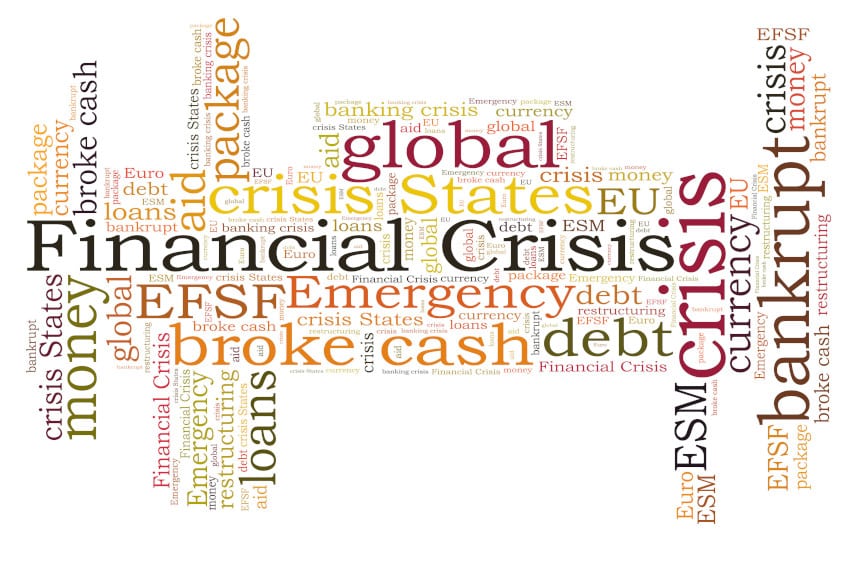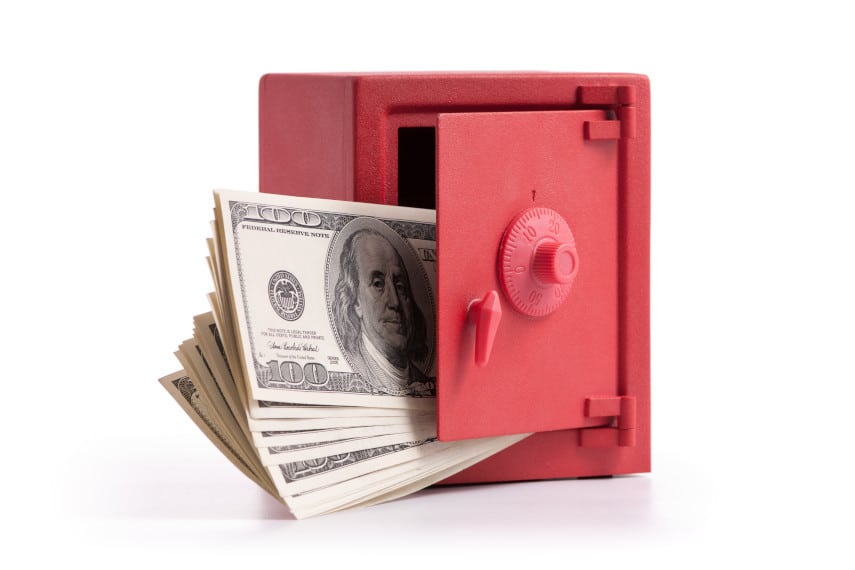
If there’s one thing to know about financial crises, it’s that every crisis is different. While regulators and politicians try to pass laws and enact regulations to keep another crisis from happening, they’re just like military leaders in that they’re always fighting the last war.
The 2008 crisis was jarring and scarring for many millions of Americans, and Congress and federal regulators worked together to try to ensure that there wouldn’t be another 2008. They may have made some positive changes in some areas, but there are undoubtedly others that they either overlooked or failed to anticipate.
Looking back to the last two major recessions (not counting 2020 since that was the direct result of government-ordered lockdowns), we can look at what caused them. The 2001 recession followed the great dot-com bubble bursting, while the 2008 recession was the result of the housing bubble bursting.
Many experts think that there’s no way the next crisis could replicate either of those two situations. But could the next crisis contain elements of previous crises? Here are three areas in which the seeds of the next crisis could start.
1. Banking Crisis
While the roots of the 2008 recession may have been in the housing sector, the major damage that resulted was to the banking sector. That was due to the large exposure of major financial institutions to the housing market.
The collapse of Bear Stearns in 2008 was the warning signal that, despite the statements from government officials that housing market weakness wouldn’t spill over into the broader economy, something was very, very wrong. But it was the collapse of Lehman Brothers later in the year that really sent Wall Street into a panic.
Today we have a banking crisis as well, although its roots aren’t in the mortgage market. Three of the largest bank failures in US history have occurred within the past few months, and remaining banks are not in good shape.
The Federal Reserve’s Bank Term Funding Program, a lending facility put into place to shore up regional banks in the aftermath of the most recent bank failures, has grown in size since it was first created, and is now at all-time highs. That doesn’t bode well for the strength of the US banking system.
The roots of the bank failures were many, with exposure to the tech sector and rising interest rates being among them. But the deteriorating financial conditions of banks are being exacerbated by continued high interest rates. The longer interest rates stay elevated, the riskier it is for banks, and the more likely it is not only that more banks fail, but that these failures could result in a systemic financial crisis.
2. Commercial Real Estate
Whereas the 2008 crisis resulted from weakness in residential mortgages, the next crisis could result from weakness in commercial real estate. Commercial real estate is beleaguered in a number of ways.
Higher interest rates make it more expensive to finance new investment in commercial real estate, and it can drive down the value of commercial real estate to existing investors. Long-term commercial real estate loans also often feature a rate reset every five years. With many of those loans starting to reset today, borrowers face significantly increased borrowing costs.
Office vacancies are at all-time highs, driven by continued emphasis on working from home. Some companies have already responded by announcing that they’re defaulting on the loans for their office buildings, as the landscape for commercial real estate looks bleak.
Numerous banks are exposed to these commercial real estate loans, and if the loans default the financial conditions of these banks would deteriorate. It’s not inconceivable to think that the next crisis could end up being a banking crisis precipitated by a collapse in the commercial real estate market.
3. Market Exuberance
If anything marked the dotcom bubble it was “irrational exuberance” as coined by Alan Greenspan. Anything internet-related was driven to insanely high values. Companies that had no profitability and no clear business plan saw their stock prices shooting skyward. Low interest rates made funding these speculative ventures relatively easy.
All of that inevitably came crashing down, however, as markets realized the hype was overblown. And rising interest rates exposed which companies weren’t ever going to make it.
We’re facing something similar this time around, with FANG stocks having driven markets for several years, and with tech stocks being responsible for much of this year’s positive performance. Now with artificial intelligence (AI) becoming the latest fad, technology stocks remain hyped. But will rising interest rates today result in dotcom 2.0?
With so many other problems facing the economy, it’s hard to imagine the tech sector being a primary factor in an economic downturn. But as with many things in our economy that are intertwined, the tech sector’s funding through various banks has already been implicated in bank failures, and the interconnectedness between the tech industry, commercial real estate, and banking could combine to lay down the roots of the next crisis.
Protecting Your Wealth
If we face another crisis similar to 2008, there is no doubt that many people will be fearful for their financial well-being. Markets lost over 50 percent of their value back then, erasing years or decades worth of built-up retirement savings.
The question now, as it was back then, is how you can protect yourself against those types of losses. And here too we can look back to 2008.
During the same period that markets lost over 50 percent, gold gained 25 percent. And gold went on to set record highs a few years later. Will gold perform similarly during the next crisis?
Many Americans hope so. They’re so confident that gold will enter another bull market that gold demand today is the highest it’s been in years. And many of those gold buyers are buying gold with a gold IRA.
A gold IRA allows you to roll over funds from existing tax-advantaged retirement accounts such as 401(k), 403(b), TSP, IRA, and similar accounts into physical gold coins or bars. Your gold IRA retains the same tax advantages as your existing retirement accounts, but instead of holding assets that could suffer during a financial panic, it would hold physical gold. And when you take a distribution from your gold IRA, you can choose to take it in cash or in gold.
Goldco’s specialists have helped thousands of customers benefit from gold IRAs over the years, and we have the 5-star reviews to demonstrate our commitment to customer service. With over $2 billion in precious metals placements, we work hard to make sure that everyone who wants to can benefit from owning gold.
If you’re afraid the US economy is headed toward another crisis and you want to safeguard your wealth, call Goldco today to learn more about how a gold IRA can help you do that.






